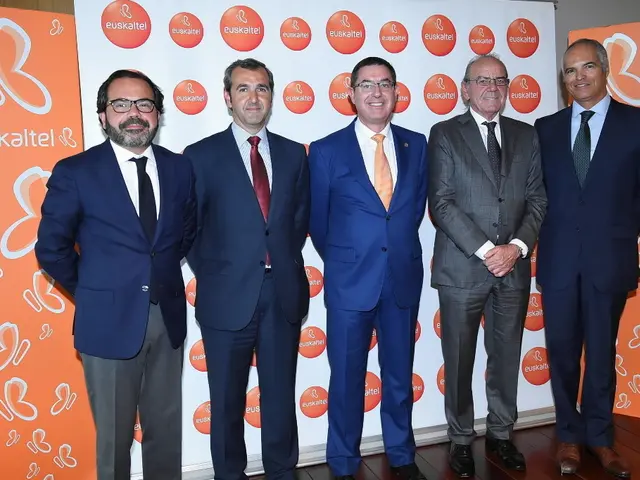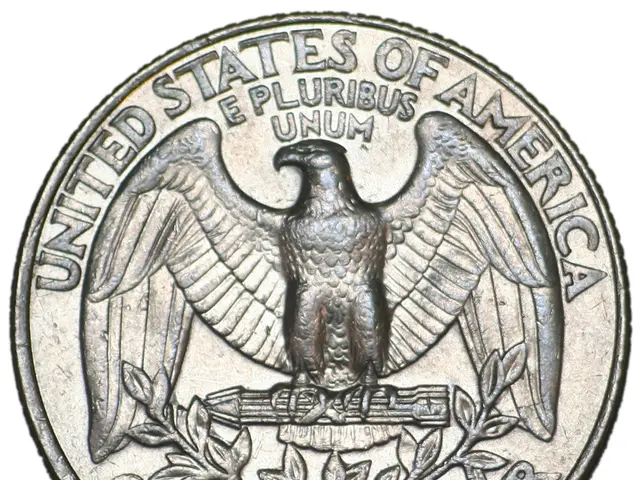Public launch for Incentiv as 1.2 million wallets are created, with 26% of total $CENT tokens earmarked for community rewards.
In the rapidly evolving world of blockchain technology, Incentiv is making waves with its next-generation Layer 1 blockchain. This EVM-compatible network is setting itself apart with a unique approach to security, user experience, and self-custody, all thanks to its device-integrated Passkey Wallets.
But what truly sets Incentiv apart is its economic model, which rewards real on-chain contributions rather than simply capital inflow or fixed block rewards. This model, based on a contribution-scored Proof of Work (PoW) framework, uses the Incentiv+ engine to redistribute rewards from a communal Unified Reward Pool.
Key features of this model include a fixed supply of 100 billion $CENT tokens, with no inflation through new token minting or burning. Instead, transaction fees are recycled into rewards, creating a predictable, inflation-free economy. An initial Community Rewards pool reserves 26% of the total $CENT supply to subsidize early network activity, ensuring significant rewards are available from day one.
Incentiv's testnet has shown promising momentum, with hundreds of thousands of challenges completed and over 1.2 million unique wallets created. Moreover, more than 1.7 billion testnet $TCENT tokens have been claimed through open faucet distributions.
The Incentiv+ engine also ensures that all contributors, including miners, developers, and users, share in the network's growth. Rewards are proportional to a user's role and activity, powered by a dynamic contribution-scoring system. This system ensures payouts reflect actual contributions to the network’s health and utility, rather than fixed rewards or arbitrary inflation.
Incentiv's feature set is grounded in Advanced Account Abstraction, enabling flexible gas payments. The network also boasts an integrated decentralized exchange (DEX) for on-chain token swaps, used for converting fees or providing liquidity within the protocol.
Bundled Transactions allow users to group multiple actions into a single signed transaction, simplifying complex workflows. This, along with Incentiv's Passkey Wallets, makes self-custody simpler and more accessible, enhancing the overall user experience.
As Incentiv transitions from its subsidy-driven phase to a self-sustaining system funded purely by real transaction fees, it promises a sustainable, fair, and transparent incentive structure for Layer 1 blockchain participants. This approach links rewards directly to economic activity and contribution, differentiating Incentiv from traditional models that focus solely on computational power or token holdings.
In summary, Incentiv's economic model incentivizes network participants by distributing transaction fees and portions of transaction value via a unified reward pool according to their relative contribution score within a fixed token supply system initiated by a large community reward reserve to bootstrap the ecosystem. With its robust testnet performance and innovative economic model, Incentiv is poised to make a significant impact in the blockchain industry.
- Incentiv's next-generation Layer 1 blockchain, with its unique Passkey Wallets for self-custody, operates on a decentralized exchange (DEX).
- The economic model of Incentiv, based on a contribution-scored Proof of Work (PoW) framework, utilizes the Incentiv+ engine to distribute rewards from a communal Unified Reward Pool.
- The fixed supply of 100 billion $CENT tokens in Incentiv's model prevents inflation through new token minting or burning, and transaction fees are recycled into rewards.
- The Incentiv+ engine shares rewards among miners, developers, and users, reflecting their roles and activities in the network.
- Incentiv's innovative economic model, which links rewards directly to economic activity and contribution, differentiates it from traditional models that focus solely on computational power or token holdings.




